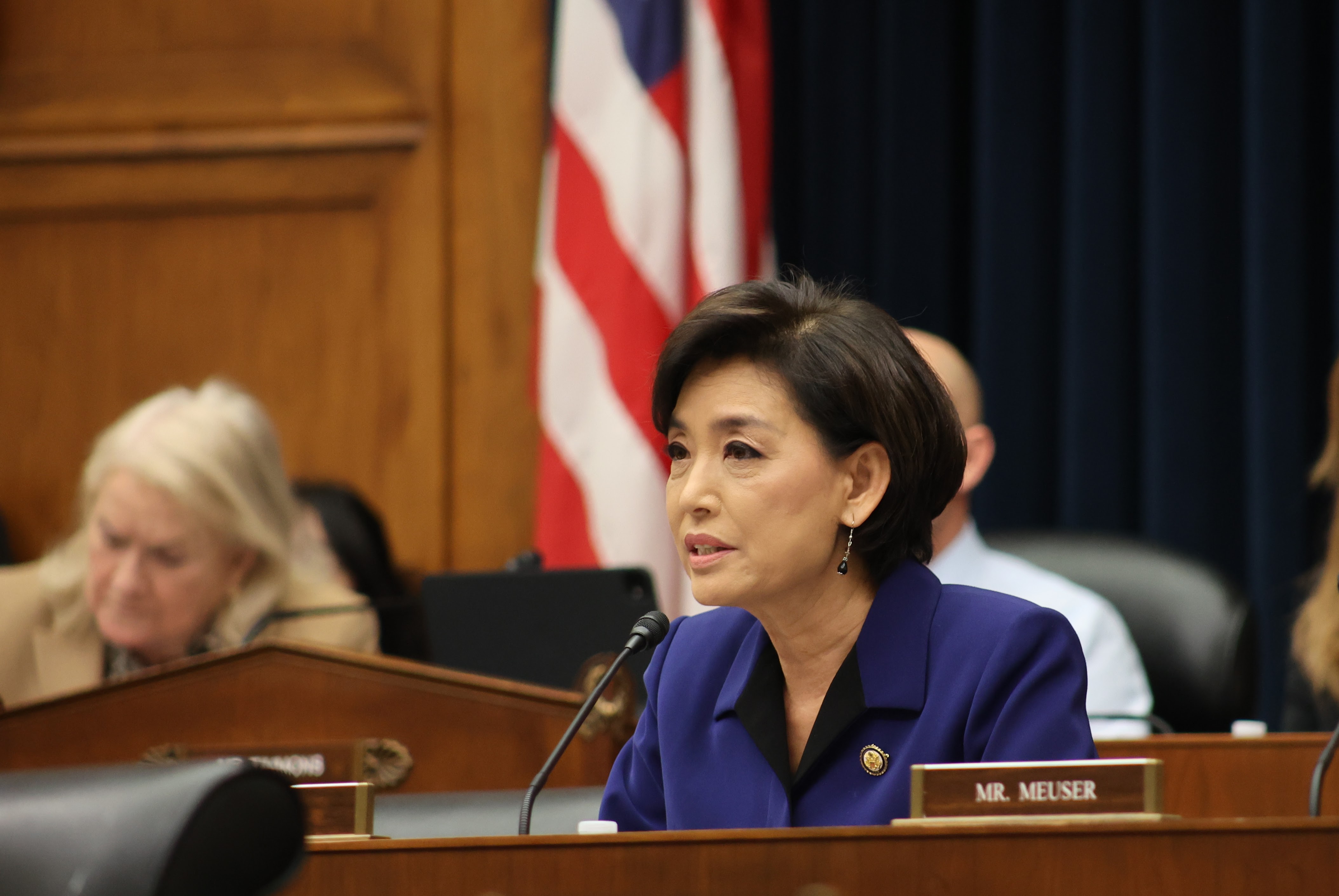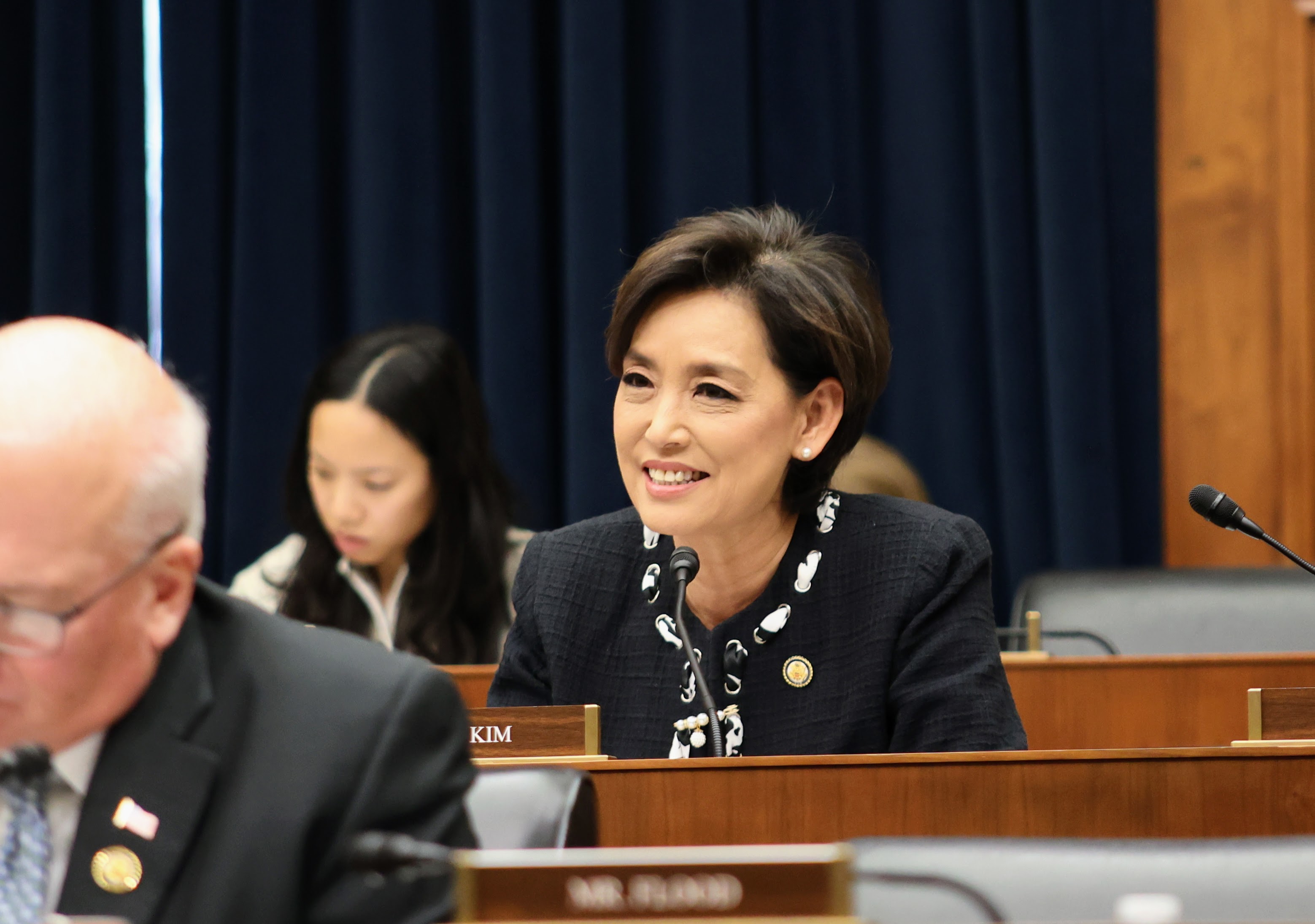The Orange County Fire Authority and U.S. Forest Service are battling over accusations that USFS policies grounded an elite aerial unit during major fires and left the Cleveland National Forest susceptible to the recent Airport blaze that torched 23,526 acres.The recriminations have caught the attention of Southern California congressional members who want answers from Forest Service officials.One point of contention involves the Southern California-based Quick Reaction Force, a squad of night-flying, converted military helicopters that can fly in the dark and each drop 3,000 gallons of water and fire retardant.The force’s operators, led by Orange County Fire Authority Chief Brian Fennessy, allege the USFS at times grounded the team during one of the busiest fire seasons in recent history.In September alone, wildfires have devoured nearly 118,000 acres and caused millions of dollars in damages to property in Orange, San Bernardino, Los Angeles and Riverside counties.
Aerial supervisors at issue
The crux of the issue: for the last four years, U.S. Forest Service policy has required that all aerial supervisors — who direct traffic whenever more than two aircraft are used — must be government employees. They don’t have to work for the U.S. Forest Service, but they must work for a government agency. This policy applies only to fires in national wildlands or using USFS resources.
The main reason for the policy, says Forest Service spokesperson Adrienne Freeman, is to avoid a conflict of interest. Contractors in the firefighting aircraft get paid partially by how many drops they make, and so the USFS doesn’t want contractors supervising contractors, Freeman said.
“The policy isn’t there for show, it’s to create accountability for tax dollars,” she said.
Freeman acknowledged, however, that enforcement has been spotty the past few years, allowing the Quick Reaction Force to fly using a contracted aerial supervisor provided by OCFA rather than a government employee. But now the USFS is coming down on the Quick Reaction Force, sparking accusations from Fennessy and other chiefs that bureaucracy is blocking their firefighting efforts and endangering lives.
In a written statement, Fennessy said the Quick Reaction Force uses retired aerial supervisors who’ve worked for the Forest Service and other government agencies and are among the best in the business. In the California market, aerial supervisors are hard to come by, especially those trained to fly at night, which makes the Quick Reaction Force somewhat unique.
Fennessy said his department doesn’t have the “mechanism” to hire an OCFA aerial supervisor for the Quick Reaction Force. The team consists of four contract aircraft with night vision, including three Chinook helitankers each capable of dropping 3,000 gallons of water or fire retardant, one supervisor helicopter and a mobile base that can mix 18,000 gallons of retardant per hour.
“This program is operational 24 hours a day, 365 days a year, and has been successful in meeting our objective of suppressing 95% of wildland fires at 10 acres or less,” said a letter sent by Fennessy and other force administrators, Los Angeles County Fire Chief Anthony Marrone and Ventura County Fire Chief Dustin Gardner, to members of Congress in early September.
During the recent Line fire, which burned more than 39,000 acres in San Bernardino County, the Quick Reaction Force could not use its full contingent of helicopters because of the Forest Service’s policy, diminishing its ability to fight the blaze. The force’s aerial supervision copter also was called off the 54,000-acre Bridge fire in Los Angeles and San Bernardino counties, again hampering firefighting efforts, according to reports provided by Fennessy.
He said the Quick Reaction Force also was sidelined during major fires in Los Angeles and Kern counties in July.
With such a successful firefighting tool, the three fire chiefs are asking Congress to get the USFS to rescind its policy so “the communities we serve have available to them the resources they deserve and expect.”
“Our desire is to sit down and meet with the USFS to work through a change in policy,” Fennessy said in a written statement.
Trabuco Canyon staffing
The second issue involves the Forest Service’s decision to remove a federal engine from the Trabuco station closest to where the Airport fire was ignited Sept. 9 by an Orange County public works crew. The station was traditionally manned by the federal engine as well as an OCFA engine.
Fennessy — and House members — have alleged the blaze might not have grown so large if the two engines had been available.
“We believe that such actions likely contributed to the outcome we have experienced thus far,” said a Sept. 26 letter to a USFS supervisor, signed by U.S. Reps. Ken Calvert, Young Kim, Mike Levin, Lou Correa and Darrell Issa. “We are extremely concerned about the decisions, or lack thereof, being made at (Cleveland National Forest) regarding its staffing challenges and demand greater transparency and accountability.”
Freeman said a pay-related staffing shortage, exacerbated by California’s high cost of living, prompted the USFS to pull the engine from the Trabuco station and others in the Cleveland National Forest. However, Freeman adamantly denied that one engine would have made a difference in quelling the fast-moving Airport fire.




